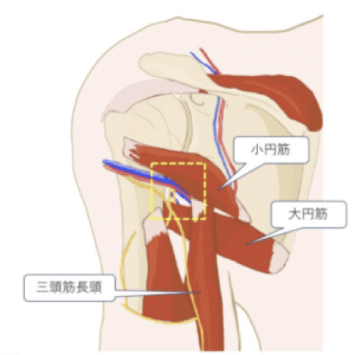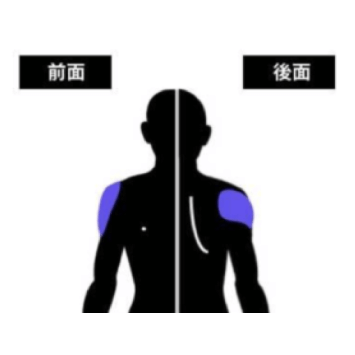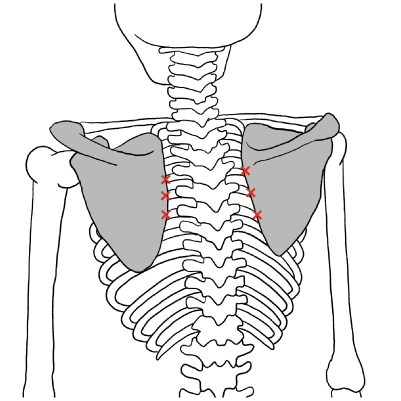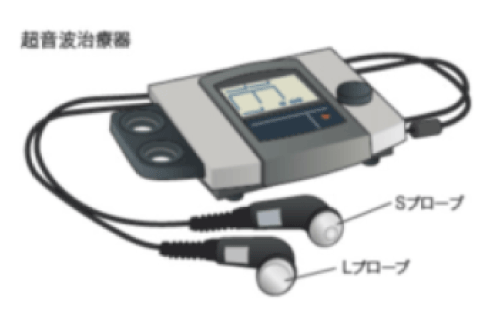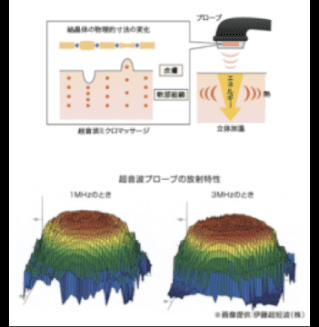Golfer’s Specialized Program
~For Those Who Want to Enjoy Golf Without Changing Their Play Style Despite Pain~
At Medical Japan, our specialized program for golfers provides medical treatment for golf-specific conditions and support care to enhance performance.

Treatment Program

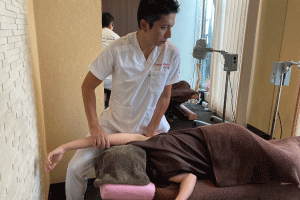
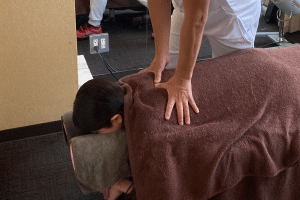
We accurately diagnose your physical condition and select the most suitable method, applying both localized and full-body approaches.
Support Care
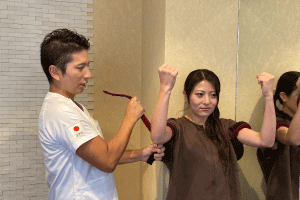
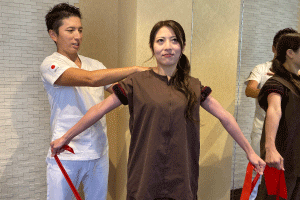
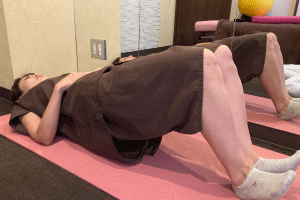
《Causes and Injuries of Pain That Trouble Golfers》
Golf swings can be categorized into three major stages. Among them, the most common cause of trouble is 1. The T-shot with a driver.



Furthermore, when categorized by backswing, impact, and follow-through phases, injuries (disorders) most frequently occur during the impact phase.

Common injury-prone areas:
1. Wrist – De Quervain’s disease (Stenosing tenosynovitis) 2. Lower back – Lumbar disc herniation, Lumbar spondylosis 3. Elbow – Lateral epicondylitis, Medial epicondylitis 4. Hand – Trigger finger (Stenosing tenosynovitis) 5. Shoulder & Scapula – Posterior quadrilateral space syndrome, Rib stress fracture (Golfer’s fracture)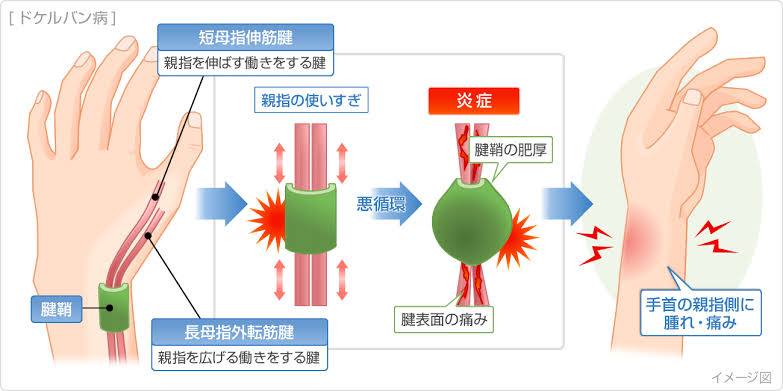
Overuse can cause thickening of the sheath of the thumb tendons, or damage the surface of the tendons, leading to irritation and a vicious cycle of pain. Especially within the first dorsal compartment of the wrist, a septum divides the two tendons, making it more prone to narrowing.
Considering such risks, fundamental conservative therapy, or treatment using our 530 therapy device or ultrasound therapy device is recommended.
3D Interferential Wave Electrical Stimulation 【ES530】

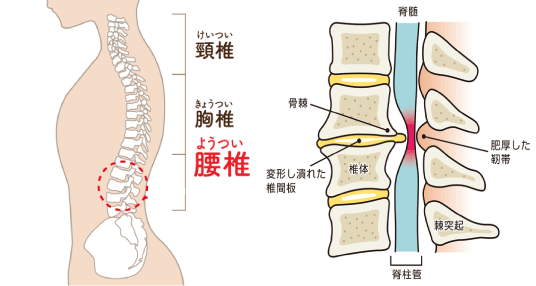
A herniated disc occurs when part of the intervertebral disc, which is cartilage between the vertebrae, protrudes beyond its normal space, compressing or irritating the nerves, leading to pain and numbness.
Many golf-related articles mention “rotating the lower back.” However, rotating the lower back increases stress and risk of injury.
From an exercise physiology perspective, the pelvis should rotate, causing movements at the hip joint instead.
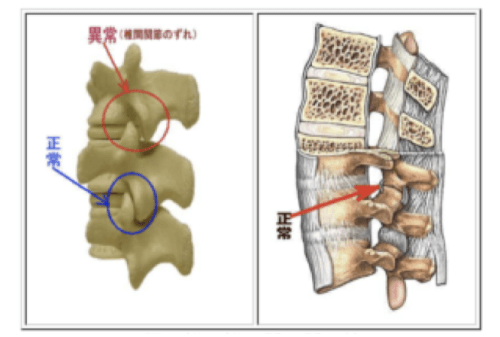
As shown above, the lumbar vertebrae are locked in rotation due to the facet joints. Forced lumbar rotation can cause damage. Also, lumbar discs are highly vulnerable to compression, lateral bending, and rotational forces.
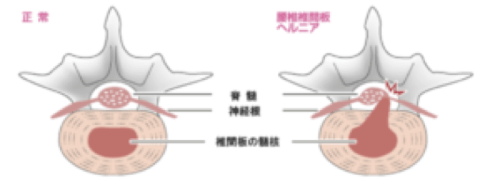
Considering the direction of disc herniation, excessive lateral bending and rotation forces always act on the affected lumbar vertebrae.
The PRICES protocol consists of the following six steps:
- “P” Protection (Protect)
- “R” Rest (Rest)
- “I” Ice (Ice)
- “C” Compression (Compression)
- “E” Elevation (Elevation)
- “S” Stabilization/Support (Stabilization/Support)
The basic treatment is conservative therapy (PRICES protocol).
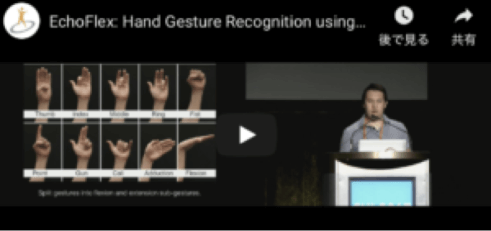
The forearm muscles contract about 5 cm through movement (the area related to golfer’s elbow).
In other words, keeping the attachment sites of painful elbow muscles and tendons at rest while correctly releasing (loosening) the muscle bellies of hand and finger muscles can support recovery.

However, recent advancements in hand surgery suggest that up to two corticosteroid injections into the tendon sheath by specialists can be effective. Beyond the third injection, conservative treatment becomes the main approach. Similar to De Quervain’s disease, our clinic’s 530 therapy device and ultrasound therapy device are effective.
The key muscles to target are the following three:
5-1. Posterior Quadrilateral Space Syndrome
The narrow space surrounded by the surgical neck of the humerus, long head of the triceps, teres major, and teres minor is where the axillary nerve passes through. During the follow-through phase of a golf swing, the tension or elongation of these muscles can compress the axillary nerve, causing discomfort or pain in the area shown in the right diagram.
*This condition differs from muscle injuries due to overuse.
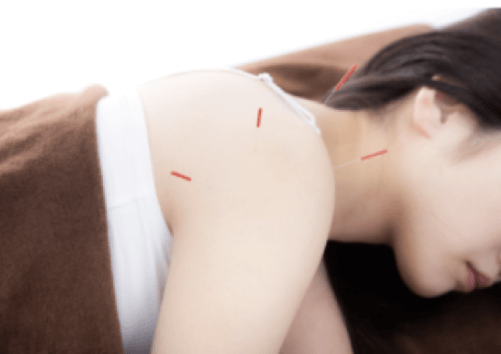
Treatment involves releasing the compressing muscles using the 530 therapy device. Acupuncture may also be effective depending on the patient’s sensitivity.
5-2. Rib Stress Fracture (Golfer’s Fracture)
For fractures, the primary treatment is rest and immobilization along with ultrasound therapy. Ultrasound vibrations, which occur at a frequency of 3 million times per second, generate Joule heat that aids in tissue healing.
Intervention Examples That Only Medical Japan Can Provide

Red Cord is a method of exercise and treatment using ropes suspended from the ceiling to provide stimuli and treatment to the head, core, arms, and legs. It is a unique medical device that allows for tailored treatment, exercise, and training based on the patient’s needs and abilities.

We provide correct pressure training guidance by medical professionals with national qualifications. Using expertise in skeletal and muscular knowledge, we provide optimal training considering the individual’s skeletal alignment and muscle balance.
Myo-Pressure (Gait Diagnosis Machine)
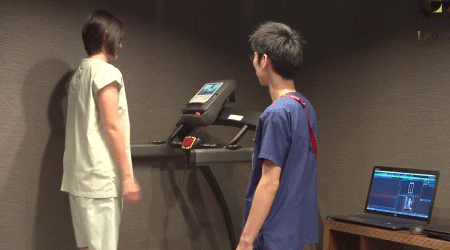
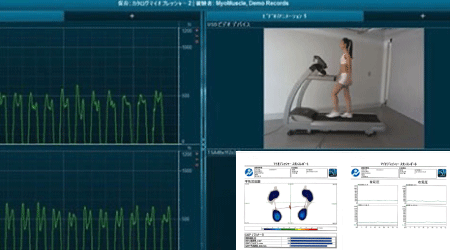
Walking on the treadmill, which has about 20,000 sensors, allows you to understand your foot pressure, center of gravity shift, and left-right load values. Additionally, two cameras help you visually confirm your walking posture.
Insoles and Shoe Prescription

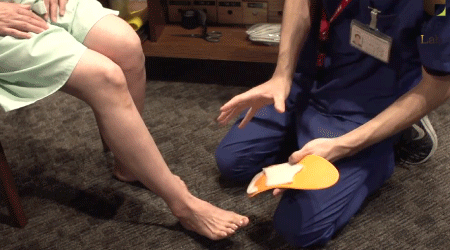
Based on the results measured by the Myo-Pressure (Gait Diagnosis Machine), we can create insoles that better match your body. By being able to confirm the imbalance in your center of gravity during walking and the deviation in your foot trajectory, you can improve your walking with more accurate indicators and use your entire foot correctly.
By using insoles that fit your body, the natural function of your feet is enhanced, and the arch of the feet is well-supported, making it easier to apply the correct center of gravity. This leads to improved performance, increased endurance, reduced fatigue, and less stress on muscles and the body, making your usual walking more comfortable.
Center of Gravity Oscillation Measurement
Recommendation from a Physician
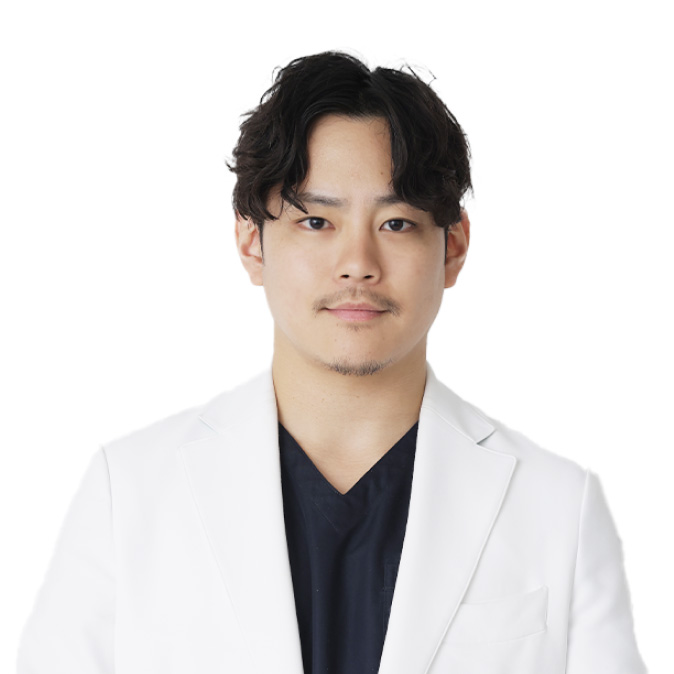

Career & Achievements
• Graduated from Kyoto University, Faculty of Engineering, Department of Applied Physics
• Completed special training at Harvard Medical School
• Graduated from Nara Medical University
• Cosmetic Surgeon, Dermatologist, Orthopedic Surgeon
I am Dr. Ryohei Tsuchida, the director of Tokyo Bisen Clinic Shibuya. Our clinic specializes in treating various musculoskeletal conditions based on expertise in orthopedic surgery. We are also equipped with an X-ray room to ensure precise diagnosis.
While we provide comprehensive care for musculoskeletal issues, I strongly recommend the treatments offered by Medical Japan as highly reliable solutions.
For example:
Acupuncture & Chiropractic for Fundamental Pain Relief
Addressing the root causes of pain and numbness, such as stiff shoulders, lower back pain, arthritis, myofascial pain syndrome, and neuralgia, to promote long-lasting recovery.
Rehabilitation & Assessment to Prevent Recurrence
Based on detailed evaluations, we create personalized rehabilitation plans to prevent recurrence of knee and shoulder joint disorders, as well as chronic lower back pain.
Strengthening the Body through Training
Enhancing physical strength post-recovery to prevent recurrence, sports injuries, and muscle weakness.
Medical Japan provides evidence-based comprehensive health support, making it a highly recommended clinic for those suffering from musculoskeletal issues such as stiff shoulders, lower back pain, arthritis, myofascial pain syndrome, and sports injuries.
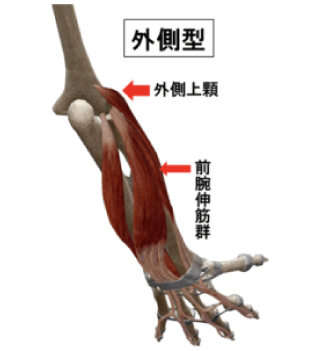
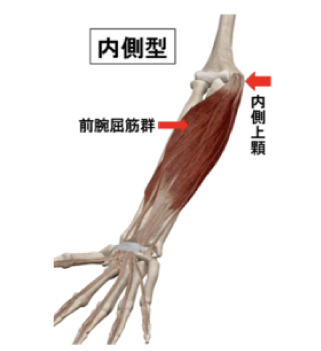
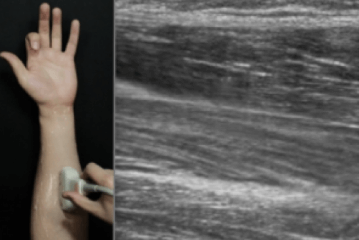
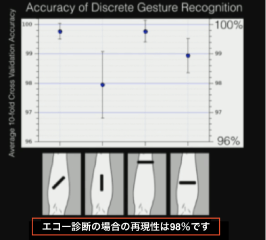
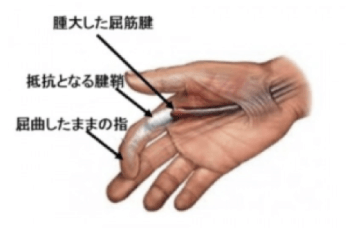
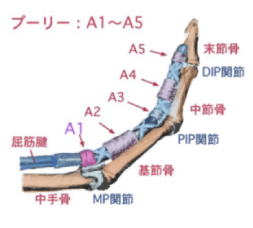
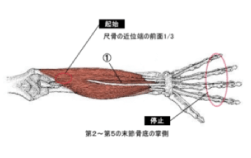 Flexor Digitorum Profundus
Flexor Digitorum Profundus
 Flexor Digitorum Superficialis
Flexor Digitorum Superficialis
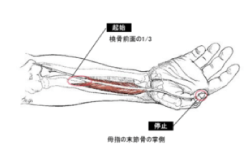 Flexor Pollicis Longus
Flexor Pollicis Longus
